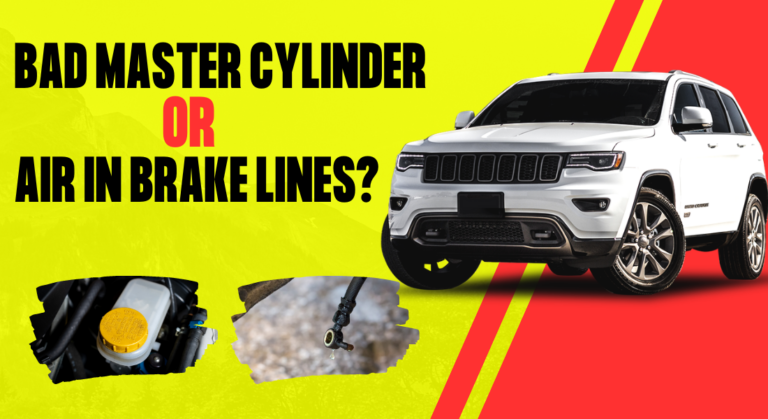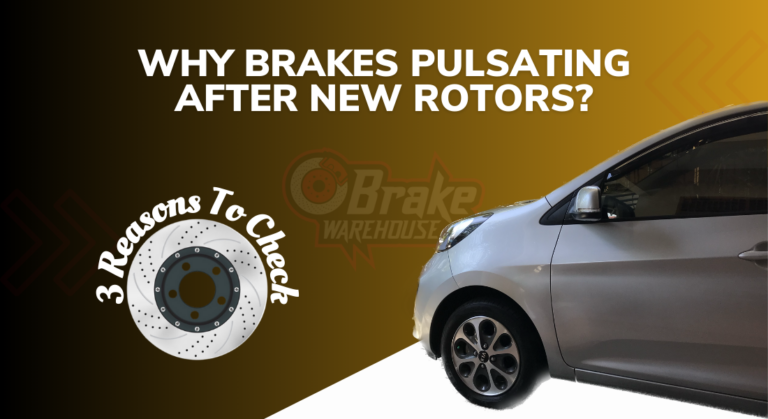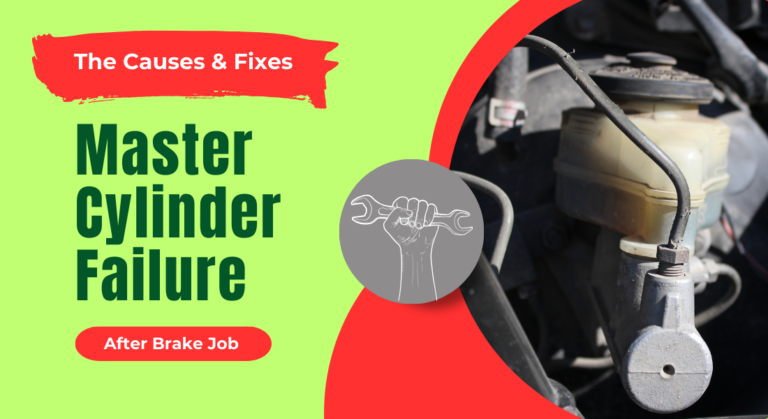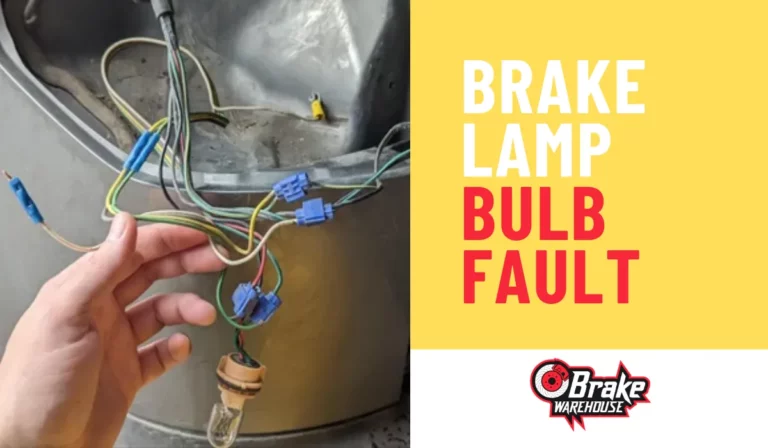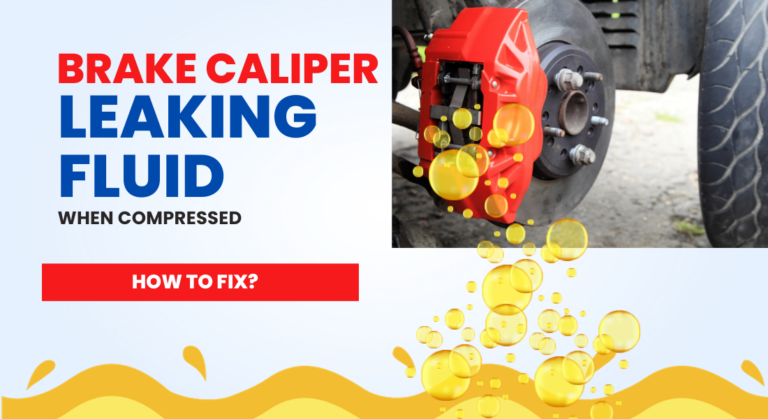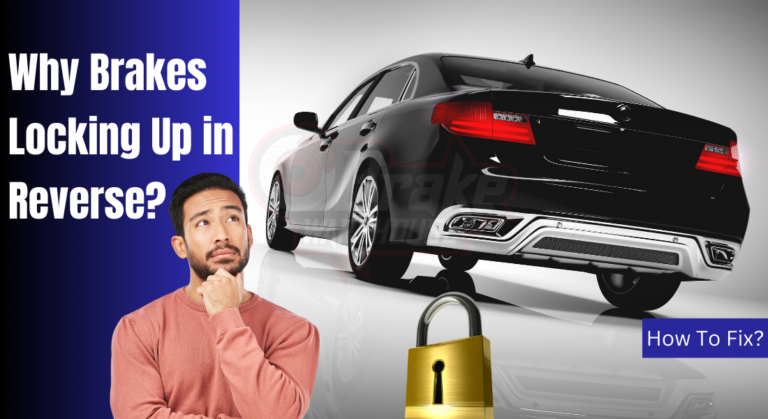What Causes Grooves in Brake Rotors – How To Prevent It?
Grooves or score marks in the rotors are a telltale sign that the car rotor’s condition is terrible. If you see it for the first time, you must be wondering what causes grooves in brake rotors.
Factors like high heat generated during braking and uneven pressure distribution from the brake pads are the prime causes. Moreover, corrosion can contribute to the development of these grooves over time. These causes are crucial for effective maintenance and prevention of rotor grooving.
When you experience grooving in the rotors, no worries! I described the causes and solutions briefly in this comprehensive guide. Continue reading!
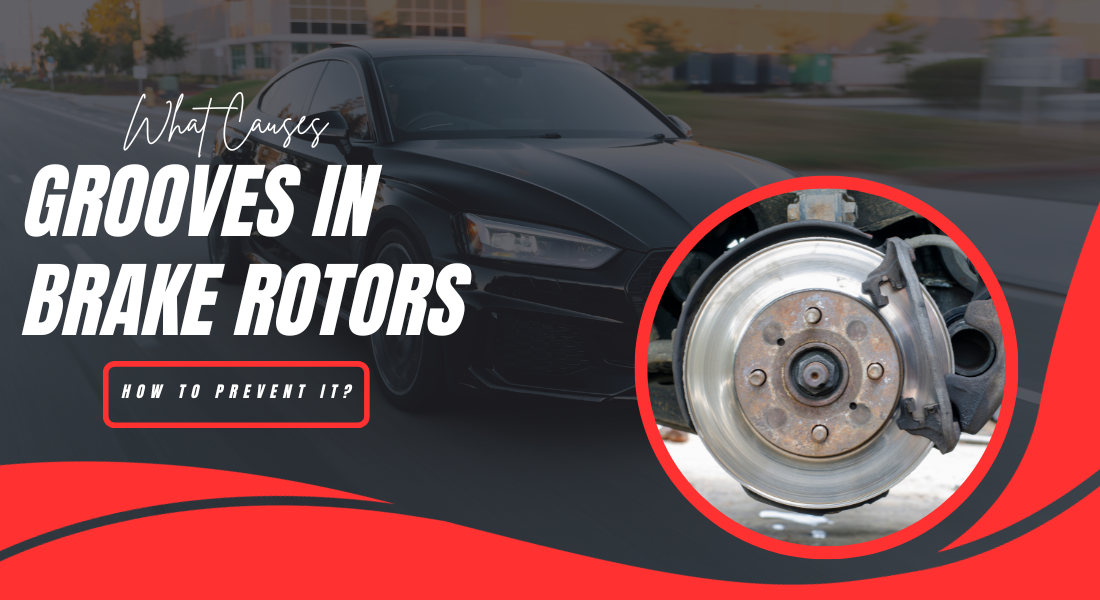
What are Deep Grooves or Score Marks On Rotor?
Generally, tip-top brake rotors have a flat surface. The surface looks smooth and shiny to the touch and eyes. Rotor smoothness guarantees excellent contact with brake pads, stopping the latter from damaging too deep into the rotor.
If your brake rotor has the opposite appearance, like an uneven and less shiny surface, be sure that the rotor is damaged. A bad rotor ensures poor contact with the brake pads, affecting the brake performance.
Grooves or score marks appear in the brake rotors over time due to abuse of the braking system or bad driving habits.
Deep score marks on the rotor need to be addressed immediately. Also, it would help if you did not disregard it, as it can cause severe damage to the other components of your vehicle.
Are Grooves in Rotors Bad?
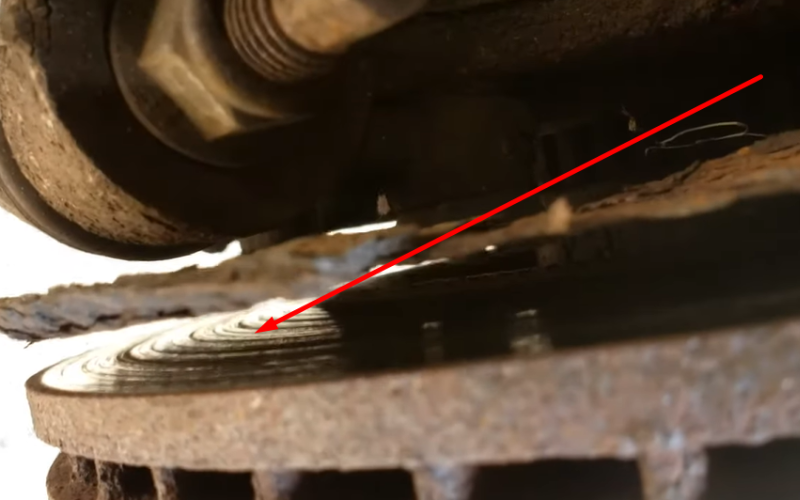
Yes, grooves in brake rotors are generally considered bad for several reasons.
Reduce Braking Performance: They can negatively impact braking performance by reducing the contact area between the brake pads and the rotor. This diminished contact area reduces friction efficiency, leading to longer stopping distances and decreased braking power.
Damage Brake Pads: Grooves can cause uneven wear on the brake pads and the rotor. Such a thing reduces the lifespan of braking components. It also increases maintenance costs as they need to be replaced more frequently.
Vibrations & Noise: Grooves also increase noise and vibrations during braking, resulting in a less comfortable driving experience. Additionally, the grooves can trap heat and debris, leading to further wear and potential brake fade during prolonged or intense braking.
Annoying Drive: Additionally, the irregular surface of grooved rotors can result in heightened noise and vibrations during braking. It creates a less comfortable and quieter driving experience for the vehicle’s occupants.
Overall, grooves in brake rotors can compromise safety, braking performance, and the overall longevity of braking system components, making them undesirable and requiring timely attention and repair.
What Causes Grooves in Brake Rotors?
Grooves appear in the brake rotors for a few specific causes. If it remains unattended, it can create further damage to your vehicle.
However, tiny grooves are not a big deal, and strict action is unnecessary. But if you notice that the groove is getting deeper, prompt action is a must. Otherwise, other components of your car will be affected, minimizing its performance.
Here, I shared the leading reasons for grooves in brake rotors.
1# Damaged Brake Pads
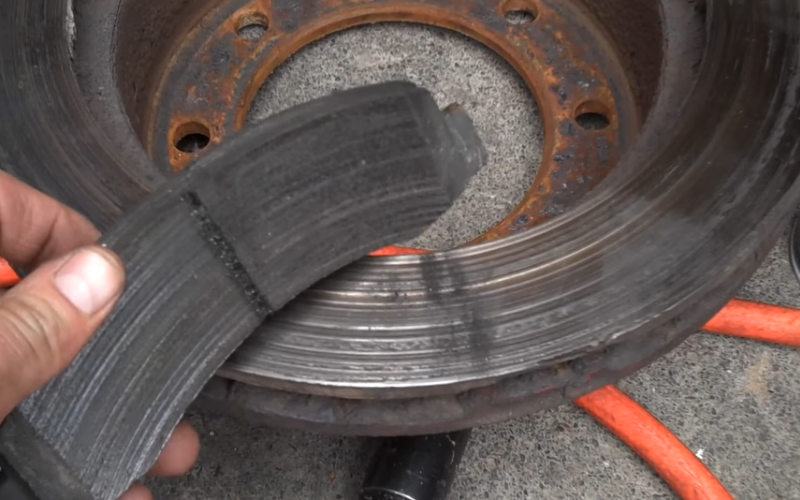
Defective brake pads are the prime reason for score marks in the rotor. Brake pads work simultaneously with rotors upon pressing the brake pedal. The pad applies pressure to the rotors, causing the vehicle to stop.
If the brake pads are worn out, they can create deep grooves on the rotor’s surface, ultimately impacting vehicle efficiency.
Read Also: How Long Can You Drive Without Brake Pads? – Is It Safe
2# Excessive Heat
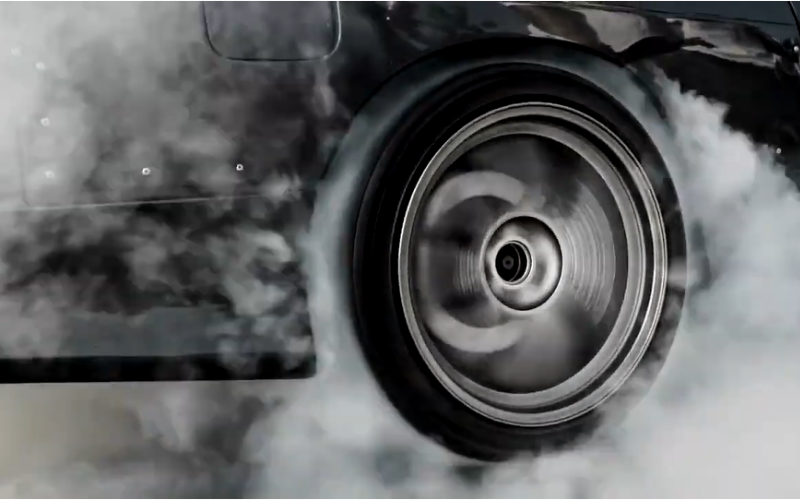
Excessive heat is another common reason for score marks on the rotors.
As stated, when the brake pad is pressed, the pad grips the rotor, leading to the eventual stoppage of the car. This gripping action generates friction, producing heat each time the pad contacts the rotors.
Frequent braking or extreme use of the car increases friction, producing excessive heat. As a result, score marks appear on the grooves.
3# Frequent Harsh Braking
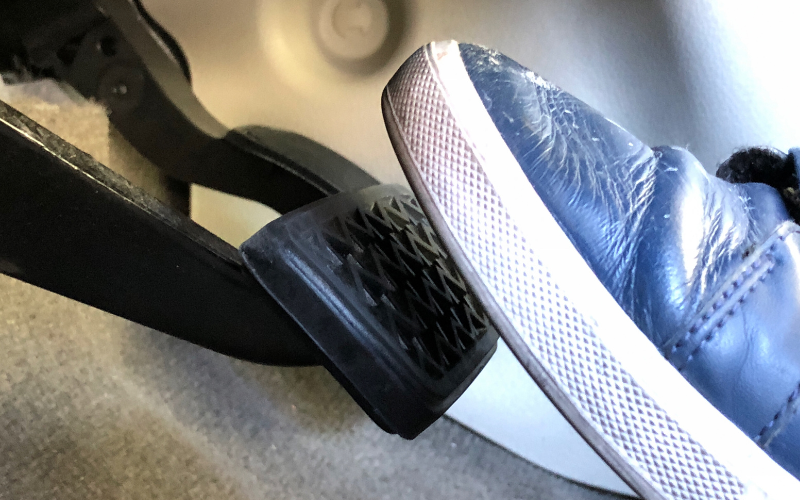
Damage in most braking components generally happens due to hard braking. The grooves in the rotors are also no exception.
Usually, inexperienced drivers frequently brake harshly, affecting all the connected parts. Since brake rotors are crucial in stopping your car, grooves or score marks reduce your car’s braking efficiency.
How Do I Keep My Brake Rotors Getting Grooved?
Following the guidelines, you can significantly reduce the likelihood of your brake rotors getting grooved. These practices will also ensure better braking performance and longer-lasting components.
Quality Brake Pads
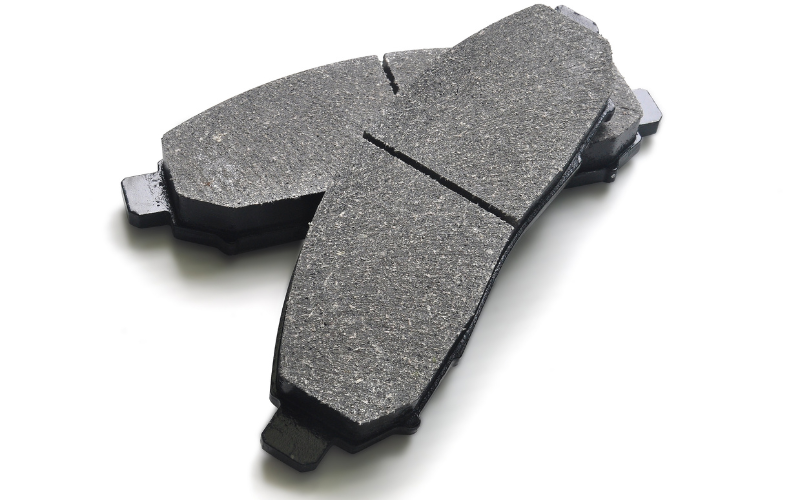
Invest in high-quality brake pads for your vehicle. Premium pads can have better materials and construction, reducing the risk of rotor grooving.
Smooth Braking Habits
Adopt smooth and gradual braking techniques. Avoid slamming on the brakes whenever possible. Aggressive braking generates more heat and friction that can contribute to rotor grooving.
Adequate Following Distance
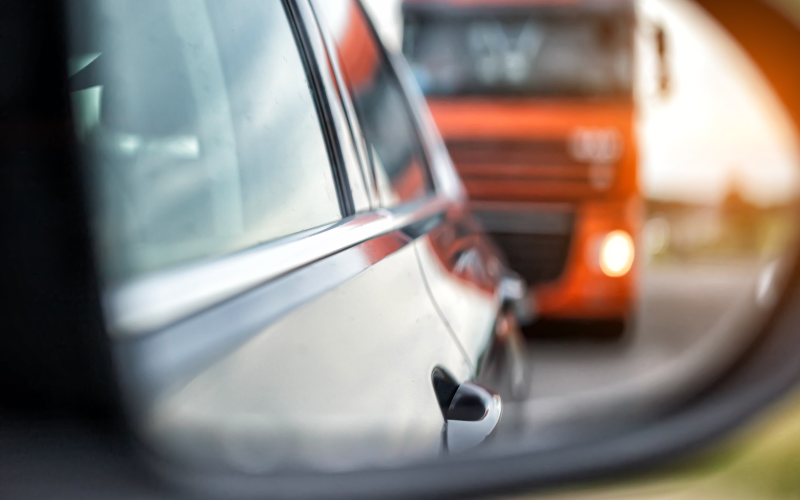
Maintain a safe following distance from vehicles ahead. This allows you to anticipate stops and apply brakes gently, reducing the need for sudden and forceful braking.
Proper Brake Pad Thickness
Regularly check and replace brake pads before they become too thin. Worn-out pads can lead to metal-on-metal contact, accelerating rotor wear and grooving.
Read Also: How Long Will 3mm Brake Pads Last? (The Ideal Thickness)
Caliper Alignment and Lubrication
Ensure proper alignment of brake calipers and proper lubrication of moving parts. Misaligned calipers can lead to uneven pressure distribution on the rotor, increasing the risk of grooving.
Read Also: Both Front Brake Calipers Not Releasing – Why & How To Fix?
Clean Brake System
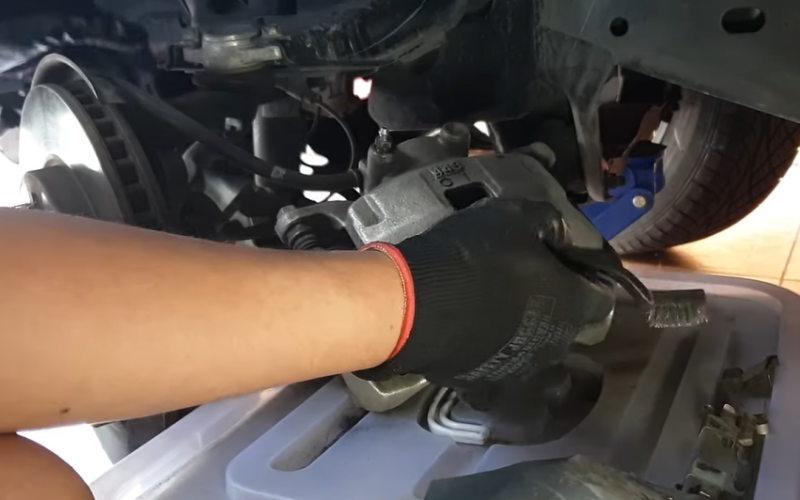
Keep the brake system clean from dirt, dust, and debris. Regularly wash your vehicle and avoid off-road conditions contaminating the brake components.
Routine Maintenance
Perform regular brake system maintenance and inspections according to your vehicle’s maintenance schedule. Address any issues promptly to prevent them from worsening and causing rotor grooving.
FAQs
Do grooved rotors create loud noise?
Yes, grooved rotors can create loud noise during braking. The irregular surface of grooves can lead to increased vibrations and friction between the brake pads and rotors. As a result, squealing or grinding noises are created.
Can I install a new brake pad on grooved rotors?
Yes, you can install new brake pads on grooved rotors. However, it’s important to note that the grooves may affect the initial bedding-in process, potentially leading to more extended break-in periods and reduced initial braking performance. Smoother rotors are recommended for optimal pad-to-rotor contact during the break-in phase.
Can I drive with grooved rotors?
Driving with grooved rotors is possible but not advisable. Grooves can impact braking performance, causing longer stopping distances, increased noise, and potential safety risks. Addressing the issue promptly through rotor resurfacing or replacement is recommended to ensure safe and effective braking.
Wrap Up
Learning what causes grooves in brake rotors is crucial for effective solutions and preventive maintenance.
You can take proactive measures by learning the factors like worn brake pads, debris, and high heat contributing to grooving.
Keeping the braking system clean and ensuring smooth braking habits can prevent grooves. Also, these practices confirm safer and more efficient braking performance, extending the component’s lifespan.

Meet Zayan, the mechanical genius behind the highly acclaimed brakes problems and solutions website. With over a decade of hands-on experience in the automotive industry, Zayan has become a trusted authority in the realm of brake systems.
His passion for cars, coupled with his expertise in solving complex brake-related issues, has earned him a devoted following of car enthusiasts, mechanics, and everyday drivers seeking reliable guidance.

